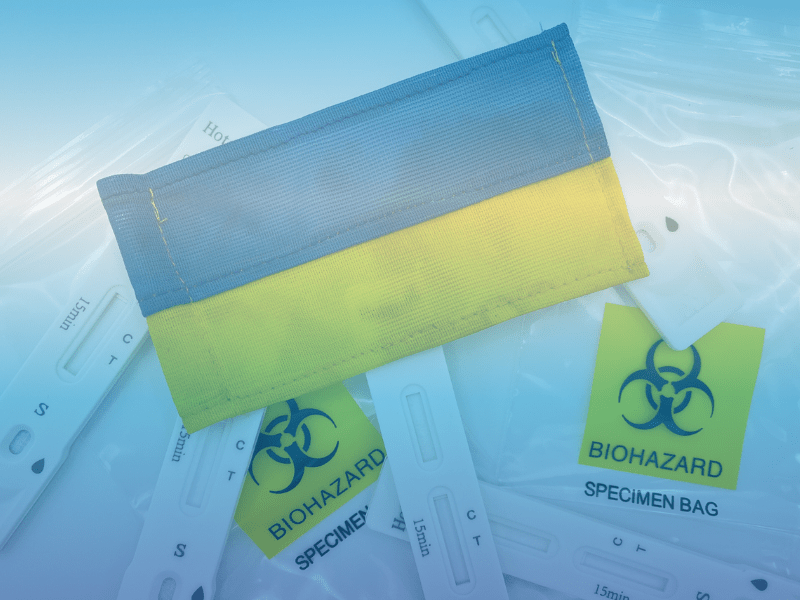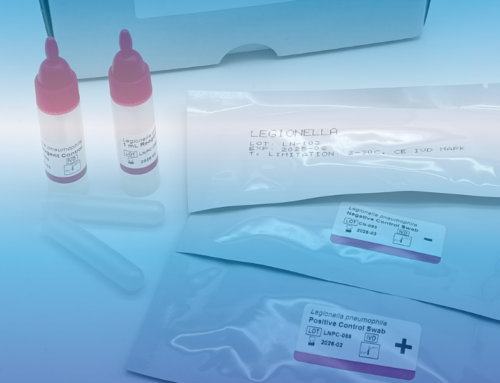The corona pandemic is still dominating the media at the moment. Nevertheless, tuberculosis (TB) should not be ignored, especially in view of the ongoing war in Ukraine and the high number of refugees.
Alongside AIDS/HIV and malaria, tuberculosis is still one of the most common infectious diseases worldwide. According to estimates by the World Health Organization (WHO), a third of the world’s population – around two billion people – are infected with the pathogen, of which 5-10% suffer from active tuberculosis, with men more than twice as likely as women. In Germany, the disease is particularly widespread in Hamburg, Bremen and Berlin.
Although the number of tuberculosis cases in Germany declined in 2021 due to the coronavirus-related restrictions on mobility, the war in Ukraine is now presenting medical facilities with new challenges. This is because the incidence of tuberculosis in Ukraine is 73 new cases per 100,000 inhabitants. In comparison: in Germany, the incidence is just 5 new infections per 100,000 inhabitants. According to the RKI, Ukraine recorded one of the highest incidences of tuberculosis in the European WHO region in 2020. The main age groups affected are between 25 and 64 years of age, as well as 69% of men. 2% of children under the age of 15 also suffer from tuberculosis. Diagnosis is particularly difficult in children. For this reason, the number of cases is often underestimated. Ukraine is also one of the countries with the highest rates of multi-resistant tuberculosis.
As some of the refugees are not admitted to shared accommodation and are therefore not examined by means of legally prescribed screenings, low-threshold information, prevention and care services are very important. Raising awareness and providing appropriate training for healthcare providers also plays an important role here. The German Central Committee for Combating Tuberculosis (DZK) has published leaflets on tuberculosis in several languages. One of them is also available in Ukrainian.
If tuberculosis is detected in good time, it can be treated with antibiotics.
Preventive measures in the fight against tuberculosis must be carried out through prompt diagnosis and treatment. According to §36 (4) of the Infection Protection Act, persons who are to be admitted to facilities for the communal accommodation of asylum seekers and refugees must submit a medical certificate to the management of the facility before or immediately after their admission stating that there are no indications of the presence of infectious pulmonary tuberculosis. This tuberculosis screening should normally be carried out using an X-ray. Due to the high escape rates, an immunological test is also primarily used. If this is positive, an X-ray of the lungs is usually taken and clear evidence is obtained in the laboratory.
Ziehl-Neelsen staining is suitable for this purpose. It is a differential staining method for the detection of acid-fast bacteria, in particular mycobacteria such as Mycobacterium tuberculosis.
Ziehl-Neelsen staining can be performed either manually or with an automated stainer such as one of the Dagatron auto staining devices. After staining, an infection with tuberculosis can be detected under the light microscope.
Another staining method for the detection of acid-fast rods is Kinyoun staining. This is a variant of Ziehl-Neelsen staining that does not require heating. The Dagatron auto stainer also enables reliable Kinyoun staining. If you want to use both staining methods for the reliable diagnosis of tuberculosis, the Dagatron combination stainer is suitable for laboratory diagnostics.







